Light and Optics – Phywe
Welcome to our latest EduTechnics news, featuring PHYWE’s physics & optics experiments. You and your students can measure the impressive speed of light – a critical phenomenon that has shaped our understanding of physics and space-time. The idea that light travelling at nearly 300,000 kilometres per second can be measured is incredible. This experiment is not only an exciting learning adventure but also a window into the fundamental principles of optics and physics as a whole.
We have also compiled a selection of thematically appropriate experiments in the field of optics. Each of these experiments reveals insights into the facets of light and its interaction with the world around us.
Measuring the Speed of Light – In the Fast Lane of Physics
Measuring the velocity of light –
Item No. P2210101
The intensity of the light is modulated and the phase relationship of the transmitter and receiver signal is compared. The velocity of light is calculated from the relationship between the changes in the phase and the light path.
Michelson Interferometer – Quantifying Light Sources, Multiplying Knowledge
With the aid of two mirrors in a Michelson arrangement, light is brought to interference. While moving one of the mirrors, the alteration in the interference pattern is observed, and the wavelength of the laser light is determined.
High-resolution on the optical base plate or compact on the optical bench expert
Michelson interferometer with optical bench expert
Item No.: P2220502
Grating and prism spectrometer – White light can do so much more
Dispersion and resolving power of a grating spectroscope –
Item No. P2210305
The diffracted light from a periodic line grating is observed with a goniometer. The diffraction angles of spectral lines in different orders of diffraction are measured for the spectral lines from a Hg spectral lamp. By using gratings with different grating constants the angular spectral dispersion in dependence on grating constant is determined.
The effect of the total number of grating lines taking part in the diffraction is observed by reducing the beam width with an adjustable slit and the diffraction on that slit is taken into account. The spectral resolving power of a grating with a given grating constant and useful beam width is observed and compared with theoretical considerations.
Interference experiment with digital array camera — diffraction at a glance
Interference experiment
Item No. P2220103
By dividing up the wave-front of a beam of light at the Fresnel mirror and the Fresnel biprism, interference is produced. The wavelength is determined from the interference patterns.
Consider the following items to add real value to your existing optics collection
Component holder
Item No. 08043-00
Designed for optical set-ups on the optical bench (Art No. 08281-00) or the optical base plate (Art No. 08750-00) with a beam height of 150mm.
Ring for component holder
Item No. 08044-00
In conjunction with the component holder, all components with a diameter of d= 40mm can be used with the aid of a simple and intuitive magnet system.
Digital array camera
Item No. 35612-99
With this device, the light intensity received from the CCD sensor can be examined as a function of position (in pixels or mm) of time.
Experimental Lamp Laser/LED
Experimental Lamp
Item No. 08770-00
Combined LED- and Laser-light source for generating parallel and divergent light beams.
Benefits
- Switchable between parallel light beams (red laser) and divergent white light (LED)
- Laser switchable between 1, 3 and 5 light beams
- LED light source with integrated diaphragm holder
- Laser deactivated by key switch
- Student-safe operation
- operated by a power supply or storage battery (rechargeable)
For further information on our products, speak to our STEM expert, Martin Lewis, via the contact form.


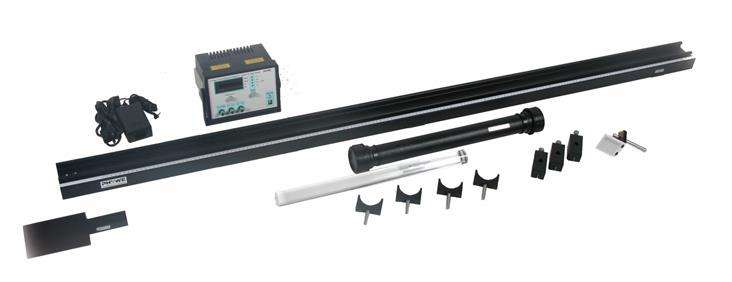
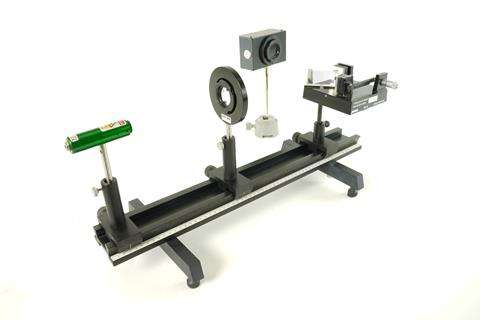
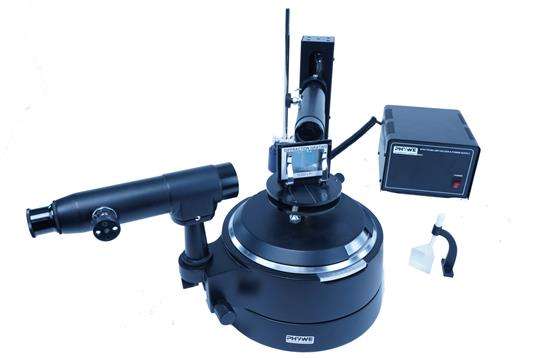
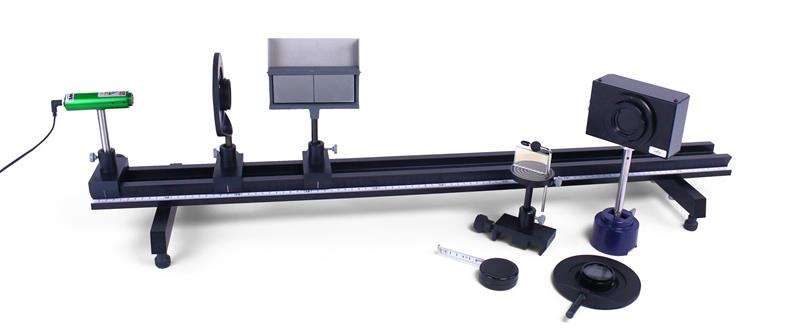
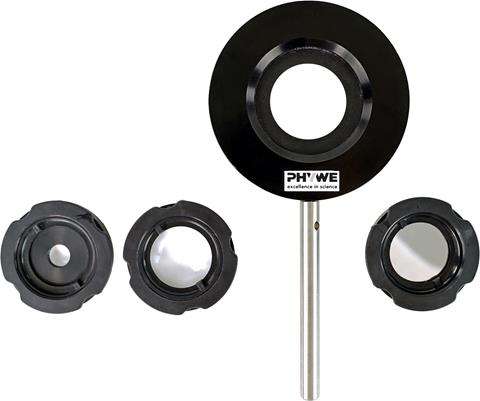


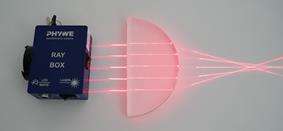
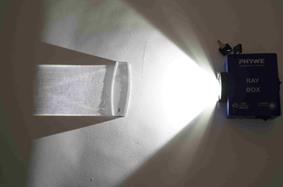
 Our friendly and knowledgeable service and support team is based in Sydney, Australia. They are on hand and happy to help with your sales and support queries.
Our friendly and knowledgeable service and support team is based in Sydney, Australia. They are on hand and happy to help with your sales and support queries. We’ve carefully selected the highest quality equipment and systems from around the globe to bring world-class technology to Australian and New Zealand educational facilities.
We’ve carefully selected the highest quality equipment and systems from around the globe to bring world-class technology to Australian and New Zealand educational facilities. Our parent company,
Our parent company, 

